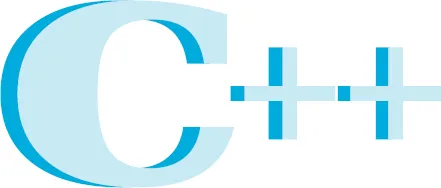
- English
- ePUB (mobile friendly)
- Available on iOS & Android
C++ Programming in easy steps, 5th Ed
About this book
Shows you how to program in the powerful C++ language, install a free C++ compiler, and create programs using a modern C++ Integrated Development Environment (IDE), such as Microsoft's Visual Studio Community Edition.
C++ Programming in easy steps, 5th edition shows you how to program in the powerful C++ language. Now, in its fifth edition, this guide gives complete examples that illustrate each aspect with colourized source code.
C++ Programming in easy steps, 5th edition begins by explaining how to install a free C++ compiler so you can quickly begin to create your own executable programs by copying the book's examples. It demonstrates all the C++ language basics before moving on to provide examples of Object Oriented Programming (OOP).
C++ is not platform-dependent, so programs can be created on any operating system. Most illustrations in this book depict output on the Windows operating system purely because it is the most widely used desktop platform. The examples can also be created on other platforms such as Linux or macOS.
The book concludes by demonstrating how you can use your acquired knowledge to create programs graphically using a modern C++ Integrated Development Environment (IDE), such as Microsoft's Visual Studio Community Edition.
C++ Programming in easy steps, 5th edition has an easy-to-follow style that will appeal to:
- Anyone who wants to begin programming in C++.
- Programmers moving from another programming language.
- Students who are studying C++ Programming at school or college.
- Those seeking a career in computing who need a fundamental understanding of object oriented programming.
This book makes no assumption that you have previous knowledge of any programming language so it is suitable for the beginner to programming in C++, whether you know C or not.
Frequently asked questions
- Essential is ideal for learners and professionals who enjoy exploring a wide range of subjects. Access the Essential Library with 800,000+ trusted titles and best-sellers across business, personal growth, and the humanities. Includes unlimited reading time and Standard Read Aloud voice.
- Complete: Perfect for advanced learners and researchers needing full, unrestricted access. Unlock 1.4M+ books across hundreds of subjects, including academic and specialized titles. The Complete Plan also includes advanced features like Premium Read Aloud and Research Assistant.
Please note we cannot support devices running on iOS 13 and Android 7 or earlier. Learn more about using the app.
Information


Table of contents
- Cover
- Title
- Copyright
- Contents
- Preface
- 1 Getting started
- 2 Performing operations
- 3 Making statements
- 4 Handling strings
- 5 Reading and writing files
- 6 Pointing to data
- 7 Creating classes and objects
- 8 Harnessing polymorphism
- 9 Processing macros
- 10 Programming visually
- Back Cover